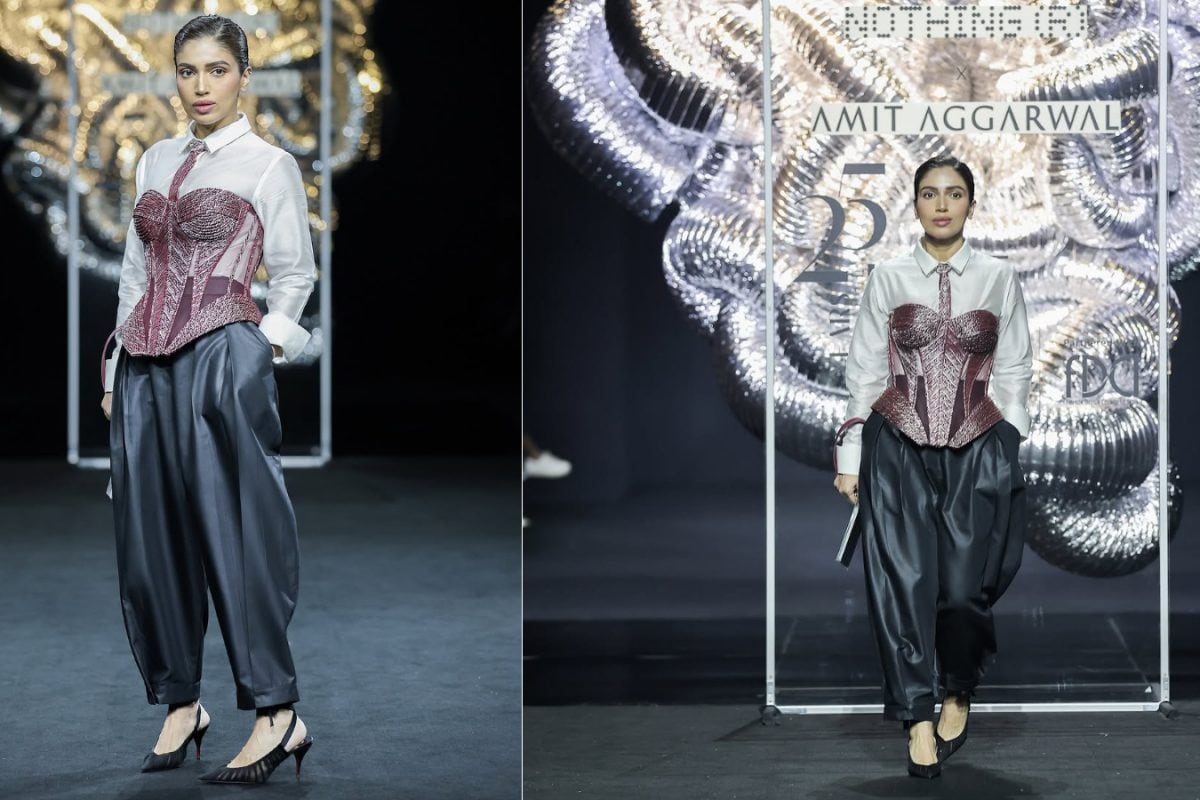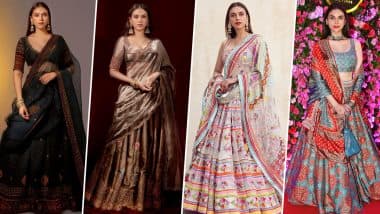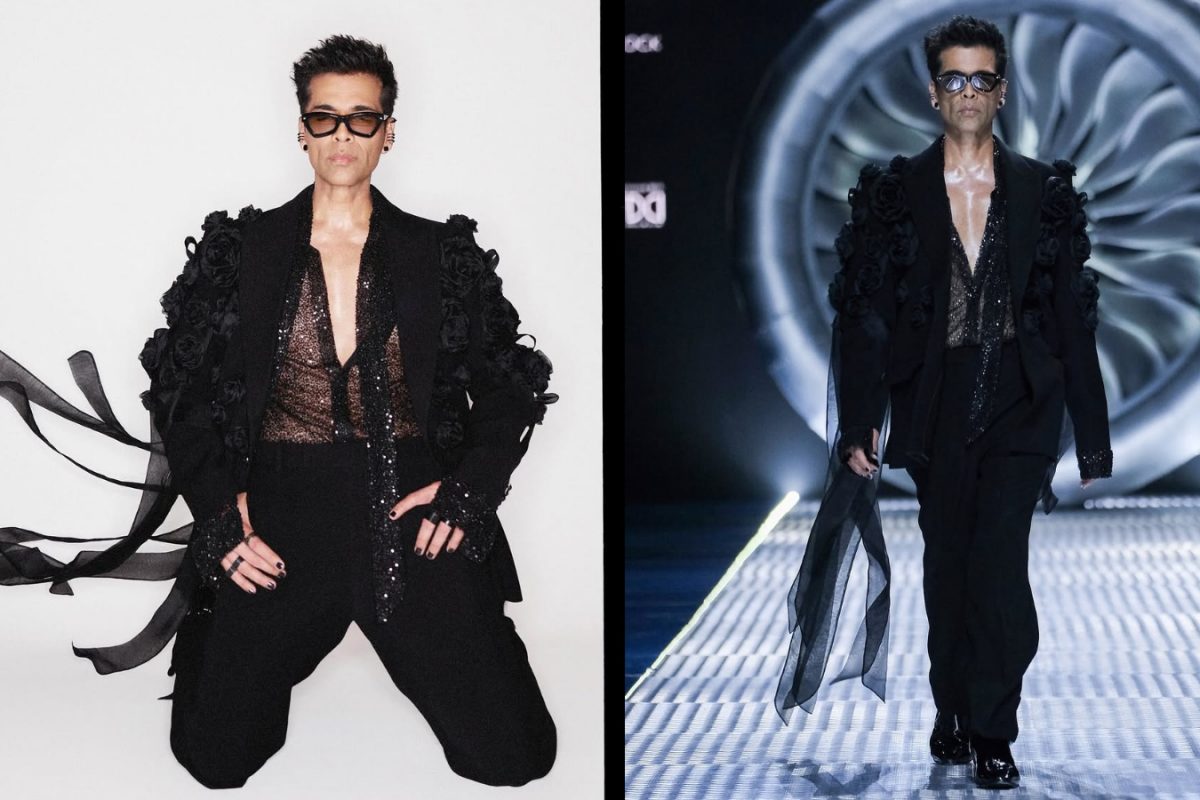Changing styles in everything from clothes to cars is what keeps the wheels of commerce spinning At first I thought it was a case of mass somnambulism, people walking in their sleep. Men and women were out and about wearing their night suits, pyjamas and tops of matching colour and design. Bunny explained to me that they weren’t sleepwalkers, and what they were wearing weren’t night suits, but a new fashion statement called co-ords, in which the same material was used to make the tops and bottoms of the outfits.
This made me think of fashion in general and how it has to continually reinvent itself to remain, well, fashionable. And it often does so by going round and round in circles. There was a time when unisex jeans had flared hems called bell-bottoms, and were the in thing.

Then the hems narrowed and became churidars. Then they narrowed some more and became skinnies. And when everyone’s wearing skinnies and looking identical, fashion is likely to resurrect bell-bottoms.
Fashion applies not just to clothes but to everything, from cars, to TVs, to refrigerators, to smartphones. All these things which are called consumer durables aren’t durables at all, because fashion dictates that they keep changing. Another term for fashion is built-in obsolescence, b-i o for short.
B-i o is said to have been invented in the 1920s by the US automobile industry. Carmakers were worried because everyone who wanted a car already had one, so the motor market wasn’t growing, and they�.

























